What is Gonadotropin
Chorionic gonadotropin is a gonadotropic hormone secreted by the placenta of pregnant women (other gonadotropins include luteinizing hormone — LH, and follicle-stimulating hormone — FSH).
However, it is also found in the blood of non-pregnant women and men, but in very small amounts — normally, in the blood of men, the level of gonadotropin should not exceed 5 IU/ml.
Structurally, chorionic gonadotropin (hereafter referred to simply as "gonadotropin") is similar not only to LH and FSH but also to thyroid-stimulating hormone (TSH).
What is Gonadotropin Used For
I will not explain why gonadotropin is needed for pregnant women — they are not our focus right now. Let's talk about why men get gonadotropin injections.
Contrary to popular belief, gonadotropin is not only used during the recovery stage after a course of anabolic steroids. In sports practice, it can be (and is indeed actively) used to enhance performance.
In fact, it's not that strange when you consider that gonadotropin helps to increase the level of natural testosterone.
Its mechanism of action is exactly the same as that of luteinizing hormone (LH): gonadotropin attaches to the same receptors on the surface of Leydig cells as LH, activating them.
The result of this activation is the stimulation of testosterone secretion. Gonadotropin also binds to FSH receptors, but this activity is much weaker.
How Much Gonadotropin is Needed?
According to an older study (Saez JM, Forrest MG, Kinetics of human gonadotropin-induced steroidogenic response of human testes, 1979), an intramuscular injection of 6000 IU of gonadotropin led to a 50% increase in testosterone levels within two hours.
Testosterone levels continued to rise for three days, eventually doubling. After five days, a "rollback" began — testosterone levels sharply decreased and within a day returned to pre-injection values.
Based on this data, it would logically suggest administering large injections (5-6 thousand IU) of gonadotropin every fifth day. However, this is rarely done, with smaller volume injections being more common.
The reason for avoiding large injections is that they provoke an increase in the levels of not only testosterone but also estradiol, which, in turn, reduces the effectiveness of gonadotropin.
It has been observed that there is no increase in estradiol levels with daily injections of 500 IU of gonadotropin. However, I tend to consider the effect of such small injections on testosterone secretion insufficient.
Instead, I suggest two options:
- 1000 IU of gonadotropin every other day
- 2500 IU of gonadotropin every 3-4 days
The first option also practically does not lead to an increase in estradiol levels. With the second, estradiol levels increase, but not as significantly as with injections of 5-6 thousand IU. At the same time, the second option provides a much more significant increase in testosterone levels compared to the first.
Which one to choose is up to you. If the goal is to achieve a rapid increase in natural testosterone levels, the first three injections can be larger in volume (5000 IU) and administered every third day. After that, you can switch to the regular protocol.
Enhancing Athletic Performance with Gonadotropin
As we have already established, gonadotropin injections result in an increase in testosterone levels in men's blood. We know that a single gonadotropin injection of 6000 IU almost doubles the level of natural testosterone.
When should the injection be administered? It is best, according to practice, to administer a significant injection (5, or even 10 thousand IU) about 4-5 days before the event (to be determined in advance through experimentation). The highest testosterone level is observed in the blood 4-5 days after the injection.
Gonadotropin raises the levels of not only testosterone but also epitestosterone. Great! It would seem that it can be used with impunity. The problem, however, is that since 1987, it has been possible to detect gonadotropin itself.
Currently, this drug is included in the WADA "banned" list; traces of its use after a single injection of 5-10 thousand IU can be found in urine for 7-11 days (the smaller the injection volume, the shorter the detection period).
Fortunately, gonadotropin is only detected through immunochemical analysis, the results of which are not necessarily reliable. Therefore, there is some hope of "slipping through."
As for women, they will not gain any advantage from using gonadotropin.
How to Use Gonadotropin for PCT
How to use gonadotropin for recovery after a course of anabolic steroids.
Let me repeat once again: gonadotropin mimics the action of luteinizing hormone, meaning its injections will help "spur" the secretion of natural testosterone. Is this necessary during an AAS course?
Gonadotropin during an AAS Course
There is no particular need for such use of gonadotropin, but I still often advise making its injections during the course. Firstly, this way we get a drug that can at some stage enhance the effectiveness of the course.
Secondly, it's better to periodically make Leydig cells perform their function – this way, after the course, the recovery of natural testosterone production may proceed a bit faster.
Gonadotropin after an AAS Course
But more often, gonadotropin is used in the first stage of post-cycle therapy (PCT), that is, in the first 2-3 weeks of PCT. Although in particularly severe cases, when natural testosterone production stubbornly refuses to recover, the use of gonadotropin can last up to 6-8 weeks or even longer.
However, two caveats need to be made here. Firstly, the drug may only be needed after rather long courses that involved high doses of anabolic steroids. That is, in cases where significant suppression of natural testosterone synthesis and secretion can be expected.
Secondly, there are known cases (which I have also encountered in my practice) where chorionic gonadotropin did not help to restore natural testosterone production at all, although testicular volume increased as a result of its use.
However, such cases are still a minority and are usually associated with incorrectly chosen dosages of the drug. The volume of injections was discussed above. It should also be noted that gonadotropin injections can be administered either intramuscularly or subcutaneously. In my opinion, the former is preferable.

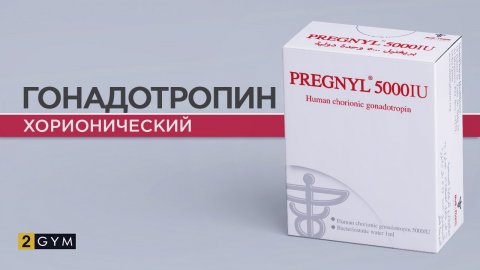









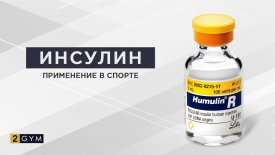
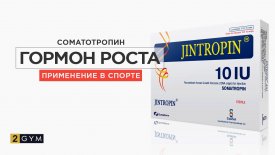
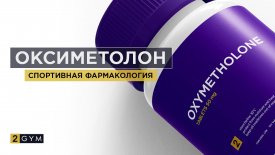
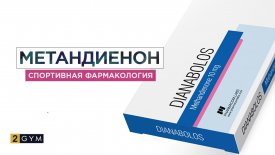

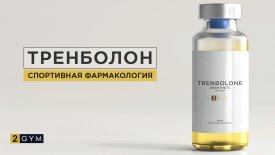
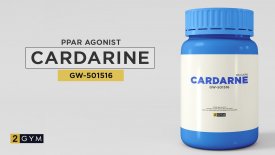





Log in with ( Sign Up ? )
or post as a guest
I won't be able to restore my natural testosterone, no matter how much I want to. I've been on cycles and bridges for so many years, never did PCT, and I'm 42 years old. I've been using gear for about 5 years without PCT.